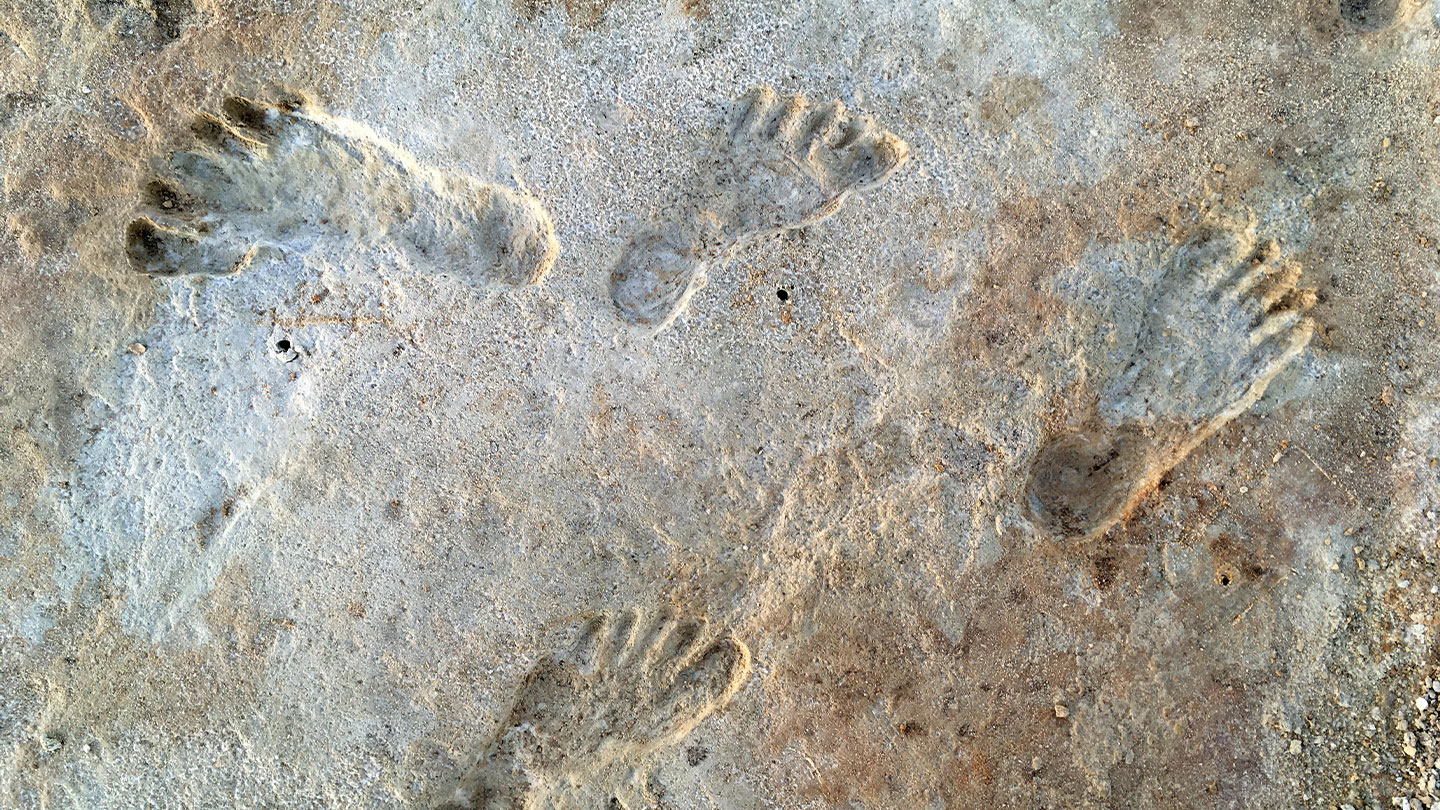Human footprints in White Sands National Park in New Mexico sparked controversy two years ago when scientists found the prints to be surprisingly old, dating to about 22,000 years ago. Now, two other ways of dating the fossilized tracks converge at similar ages as the first estimate, potentially resolving the dispute, researchers report in the Oct. 6 Science.
“The answer to how old the footprints really are is critical,” says archaeologist Loren Davis of Oregon State University in Corvallis, who wasn’t involved with the new study. “We need to be able to understand how early we should be looking for archaeological evidence in the Americas.”
In 2021, researchers described more than 60 footprints embedded in what was once mud alongside an ancient lake in what’s now New Mexico. Radiocarbon dating of an aquatic plant’s seeds in and around the footprints — which span several rock layers — suggested that people roamed there for two millennia between roughly 23,000 and 21,000 years ago (SN: 9/23/21). The result added to other evidence pushing back on a long-held theory that the first humans in North America came from Siberia via a land bridge sometime around 16,000 to 14,000 years ago.
But some scientists noted that the aquatic plants used to date the footprints could have absorbed ancient carbon in groundwater, a well-known phenomenon. “There’s a potential then for the plant to give exaggerated perspectives on its age,” says Davis, who cowrote a critique of the 2021 paper.
2023-10-05 13:00:00
Post from www.sciencenews.org




















